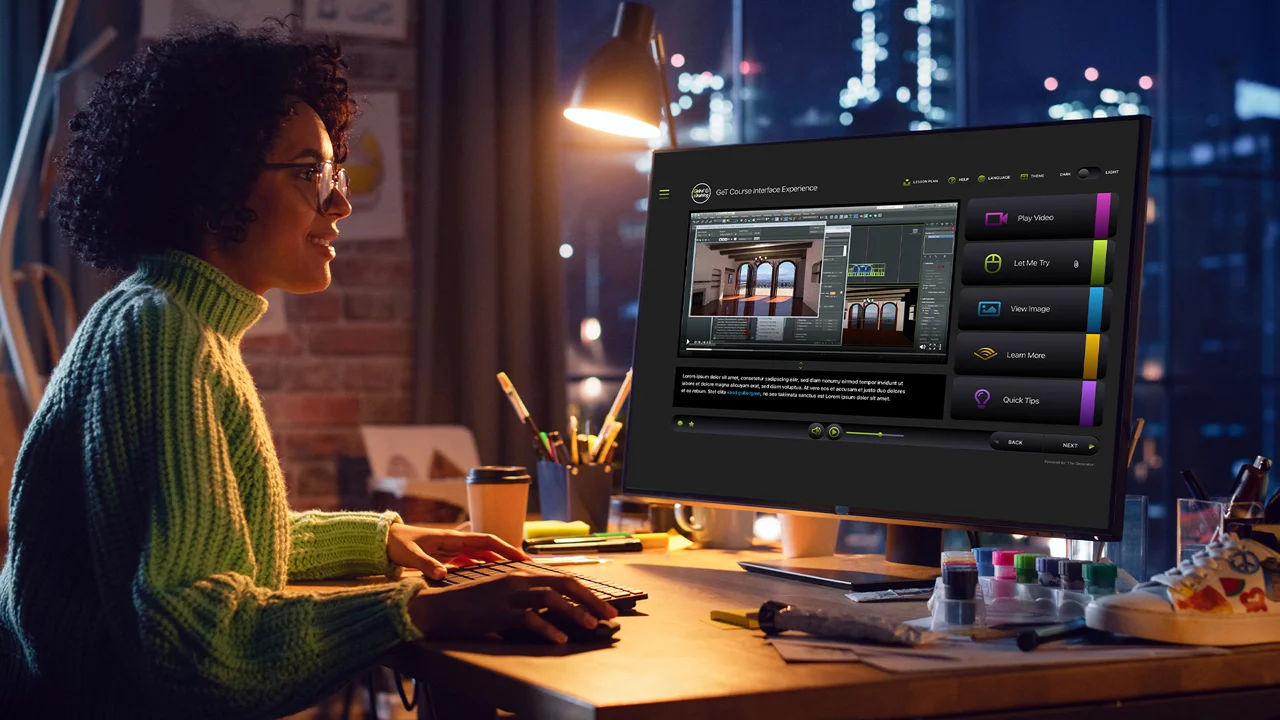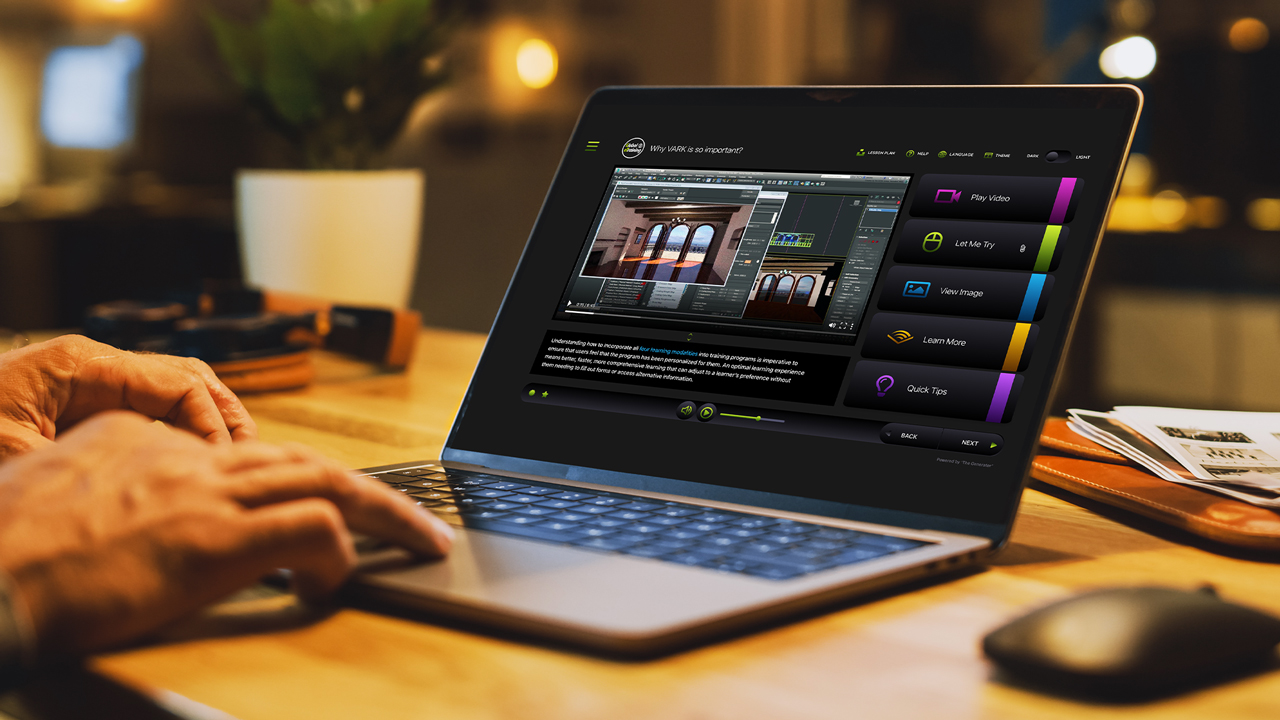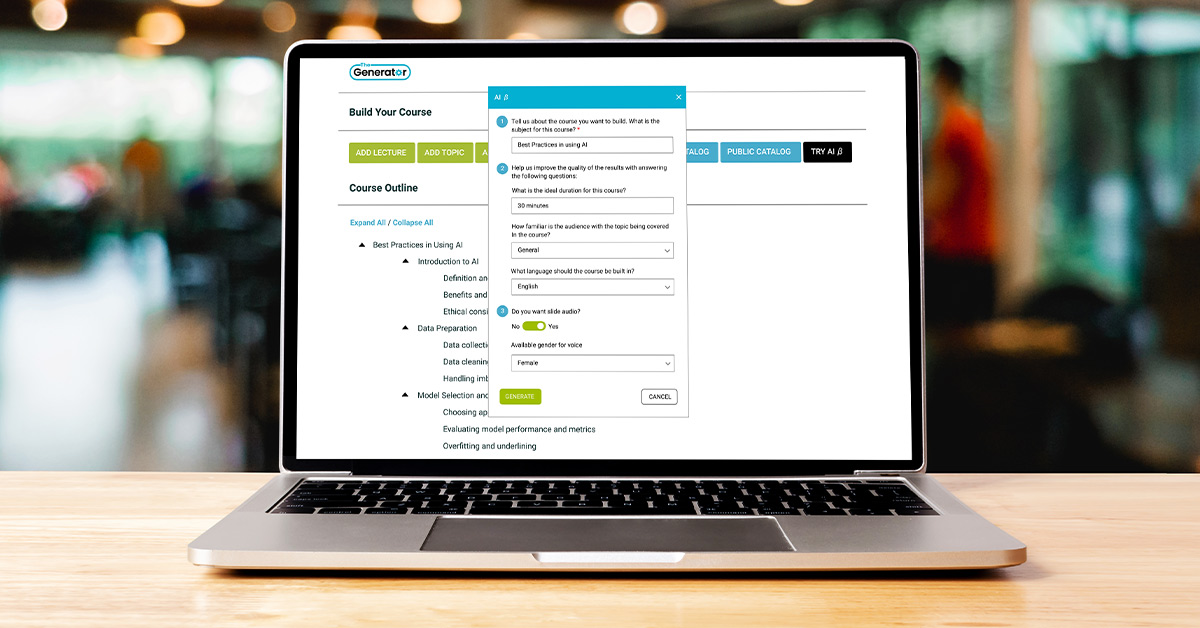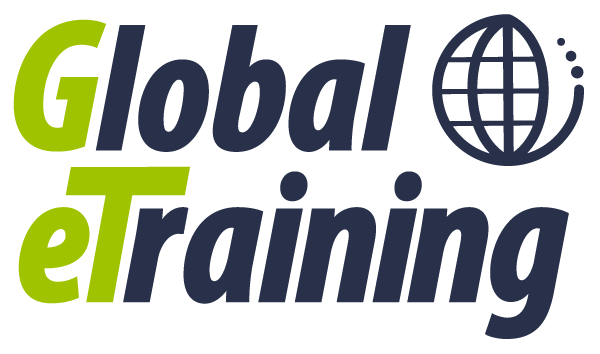
While the AEC industry dealt with years of lagging behind other sectors in terms of technological adoption, resulting in a reputation for being relatively tech-averse, reality has drifted away from that reputation in recent years. Today, AEC firms of all disciplines and sizes are embracing new technological tools, with everything from BIM to digital twins to artificial intelligence to reality capture, among many other innovations, playing central roles in workflows. In fact, when talking to professionals in this space today, the problem is not lack of adoption; if anything, the problem is that there are too many tools to easily stay on the cutting edge.
With all of these tools now available and becoming more accessible in terms of price every year, the challenge for firms in 2025 is to ensure that their staff are properly trained on what is available with the resources to continue that training close to the same pace as technology is innovating.
Speaking to this problem, Global eTraining Director of Marketing and eTraining Strategist Jessa Tracy told Geo Week News, “Software and hardware are constantly evolving within the industry as a whole. There’s a lot more technology out there, and it’s just not being utilized to the full extent relative to the resources companies are using to purchase it.”
If one were to boil it down into a concise message, it’s this problem that Global eTraining solves. Working with the AEC and geospatial industries, the company provides training resources for all of the different tools that are driving success in the industry. Tracy summed up the company’s goal, saying, “We’re elevating technical skills to elevate technological adoption for companies, therefore creating more efficient and more profitable projects.”
Embracing the VARK Learning Method
As anyone who has tried to set up a training process for any sector can attest, it’s easier said than done to get people to regularly complete these trainings to stay on the cutting edge. For Global eTraining, they acknowledge that engagement is the absolute key to this, and they dedicate their entire platform to promoting engagement and retention. This comes through in a few different ways, but ultimately their success starts with embracing the VARK methodology of teaching.

This VARK model, which can be used for education at any time, is designed to cater to people with all different kinds of learning styles. Whether people prefer learning through visual, auditory, reading/writing, or kinesthetic (hands-on) methods, Global eTraining has options for that kind of learning. Often, particularly for professional training like this, courses can fall into one of these buckets, making the content harder to understand for large chunks of the target audience and ultimately driving engagement down. This not only drives greater engagement with the content, but Tracy says it drives greater retention of the information as well.
“The VARK learning methodology is best for engagement, which has been proven many times over. Not only that, but it’s best for retention as well. Team members aren’t having to come back to reference learning materials all the time. Of course, they can come back and reference, but they won’t have to as often if they’re training according to their ideal and preferred learning style. Our course interface is extremely interactive with options that cater to each individual, so you can filter and interact with the content according to how you’re going to learn best.”
This method employed by Global eTraining also increases the accessibility of the educational materials within companies as well. Susan Brattberg, the company’s founder and Chief Customer Officer, told Geo Week News that the VARK method opens up better opportunities for neurodivergent employees within AEC firms. She said that people have commented on this aspect to her in conferences, saying that they’ve “never truly learned until they experienced our proven learning methodologies.”
Customizable Training Solutions
The AEC and geospatial industries include firms of many different sizes, of course, and another crucial piece of Global eTraining’s platform is that it’s able to cater to any of these firms, with customization that comes in many forms. For one thing, they have a product called The Generator that allows users to build their own company and project-specific training content and workflows. Users can build courses from scratch, or utilize pre-existing content from Global eTraining’s in-house subject matter experts, which can be dragged into your company’s custom-built courses.
Typically, this kind of task would be assigned to one of the most senior and knowledgeable team members, but in an industry like AEC where there is so much demand, it’s not always easy to find time to do that. This custom builder can do that, and it’s become even easier with the recent addition of an AI-powered course creation tool, which will create an initial course outline based on quick instruction from the user. Brattberg notes that in-house experts will still have to vet the output, but that it “takes away that blank page syndrome” that often occurs when starting this kind of project and significantly speeds up the process.

“The average time to build an interactive one-hour course is about 100 hours,” Brattberg told Geo Week News. “And that’s using some really sophisticated software that you need to be an expert in and is usually used by instructional designers. Our tool is designed by instructional designers, and it takes 10 hours or less to build an interactive one-hour course.”
Beyond the course creation, Global eTraining caters to these different firm sizes with their learning management system (LMS) as well. For most smaller firms, they typically aren’t going to have their own internal LMS and thus can simply leverage the platform provided by Global eTraining for their training materials. For larger and even some medium-sized firms, however, they may have their own LMS that is used for tracking and could include some company-specific materials.
Rather than having to utilize multiple systems, which is inefficient and can drop that engagement, the content from Global eTraining can be brought directly into the company’s LMS to allow for better internal tracking and visibility. What’s particularly useful on this point for companies is that, thanks to patented technology, updates to the content are automatically passed into the third-party LMS, ensuring the training material is always up to date.
Customizable Training Solutions
One of the bigger trends that Brattberg has noticed in recent years is the continued confluence of the geospatial and AEC realms, specifically with BIM and GIS. For Global eTraining, BIM has always been one of the core areas of focus, and increasingly they are seeing customers on the BIM side asking for more training around GIS interoperability, as well as things like reality capture. This was a major theme, for example, at Geo Week in February, with the requests coming from the other side as well.

“It comes from both sides. The GIS side needs to learn BIM, and the BIM side needs to learn GIS. We’re here to be the bridge between them. We help companies leapfrog into BIM.”
The value of this kind of platform for industries like AEC and geospatial, where technology is changing so rapidly and is at the heart of so much production in the sector, can be seen throughout the company’s Customer Stories section of their website. Many testimonials call out the value in having customizable courses that can be shifted on an as needed basis, and allow for training to happen at a pace that makes the most sense for the company and employee.
That was the case for Tetra Tech, whose Civil Design Tech Lead Chris Fries spoke to Geo Week News about their use of Global eTraining. He mentioned that they’ve recently hired staff who are fresh out of college, so they’ve been utilizing the training primarily around getting everyone up-to-speed on Autodesk products, though they are also planning on developing their own courses around lidar for their scan-to-BIM workflows. Overall, the frequent updates and trackability are the biggest value-add in his eyes.
“The biggest thing for us,” Fries said, “is being able to have up-to-date content. Plus, it’s trackable. Once you go through your assessments, everything is customized to the individual to pick up the spots where they may be lacking, and that’s been huge for us to find for our new staff that’s not experienced, tracking what they’re doing and customizing content for them.”
Ultimately, when these firms are spending so much money on these resources, this kind of training is necessary to maximize that value.
“Companies are spending more on technology than ever before,” Brattberg said. “It’s a small drop in the bucket for a training program that is a really great insurance policy to ensure effective adoption of that technology, and ensure projects run efficiently.”
About the Author
Matt Collins is a Content Specialist at Geo Week. Prior to joining Diversified Communications, Matt covered the world of baseball and other sports for over a decade. When not writing he enjoys learning about new developments in the world of technology, spending time outdoors, and reading.


